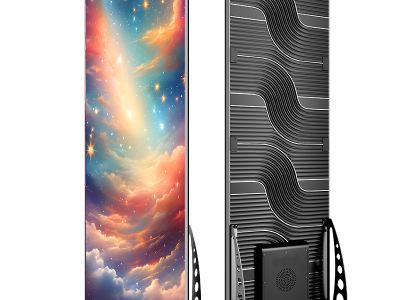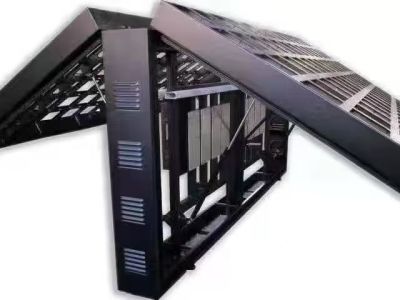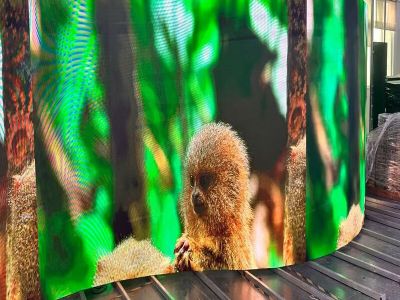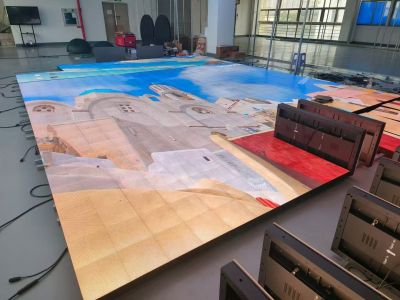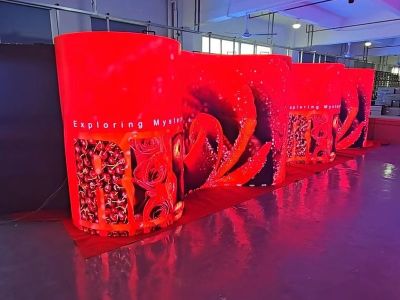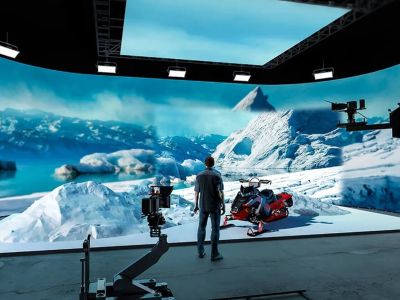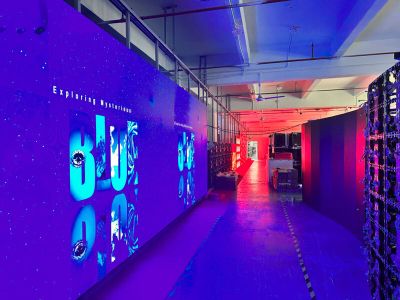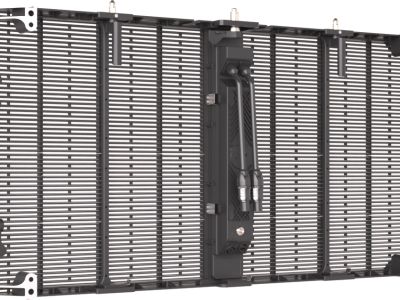What's Floor LED Wall Screen?
What is a floor LED screen?
A floor LED screen — also called an LED floor panel, interactive LED floor, or LED dance floor — is a modular, direct-view LED system designed for horizontal installation. Unlike vertical LED walls, floor LED displays must handle load and friction, so they’re built with reinforced frames, safety glass (tempered or laminated), and surface treatments that prevent slipping. Many systems support interactive features (pressure or motion sensors ) that trigger animations or content when people walk across the surface.
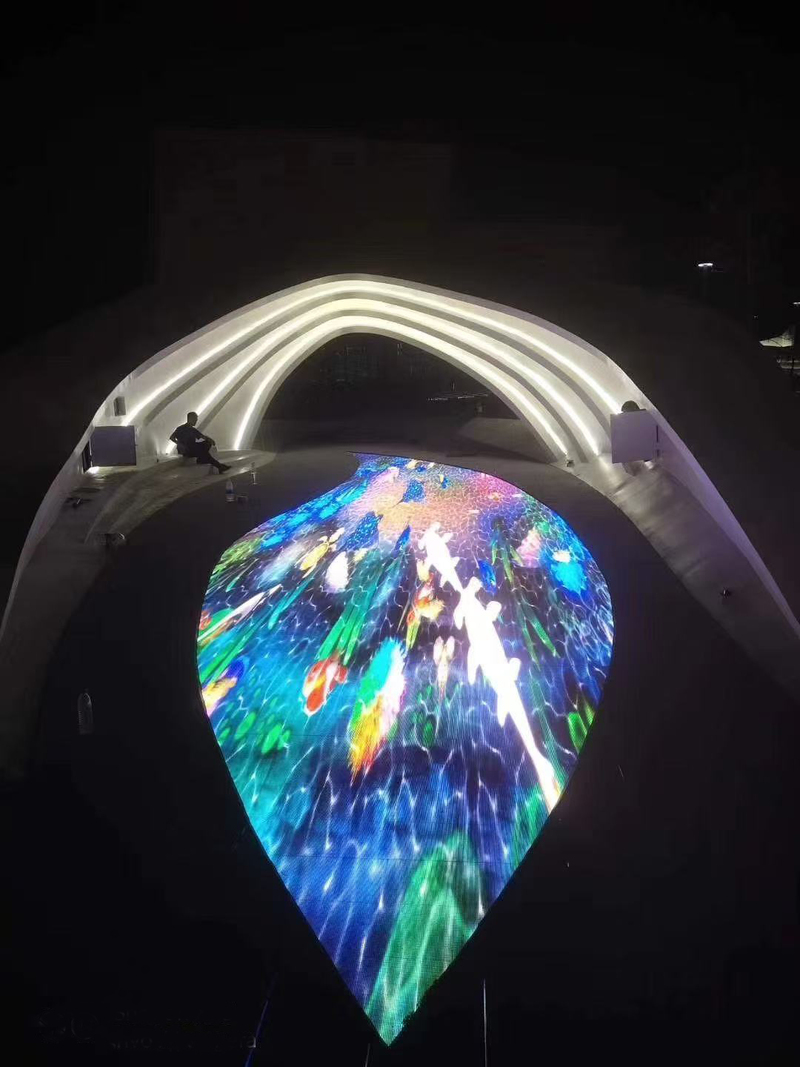
How floor LED screens work — key components
LED modules & pixel pitch: Panels are formed from LED modules; pixel pitch (e.g., P1.5, P2, P3, P4) determines resolution and viewing distance. Smaller pitch = finer detail for close interaction.
Top layer / protective surface: Tempered or laminated safety glass with anti-slip treatment (or an engineered polymer cover) protects LEDs and provides a walkable surface.
Load-bearing frame/cabinet: A reinforced chassis distributes weight and protects internal electronics; check kg/m² ratings for safety.
Control system: Media servers or LED controllers (standard brands in the LED industry) drive synchronized content and manage brightness color calibration.
Environmental protection: Ingress protection(IP) and impact resistance(IK) ratings are important for wet or heavy-traffic environments.
Typical use cases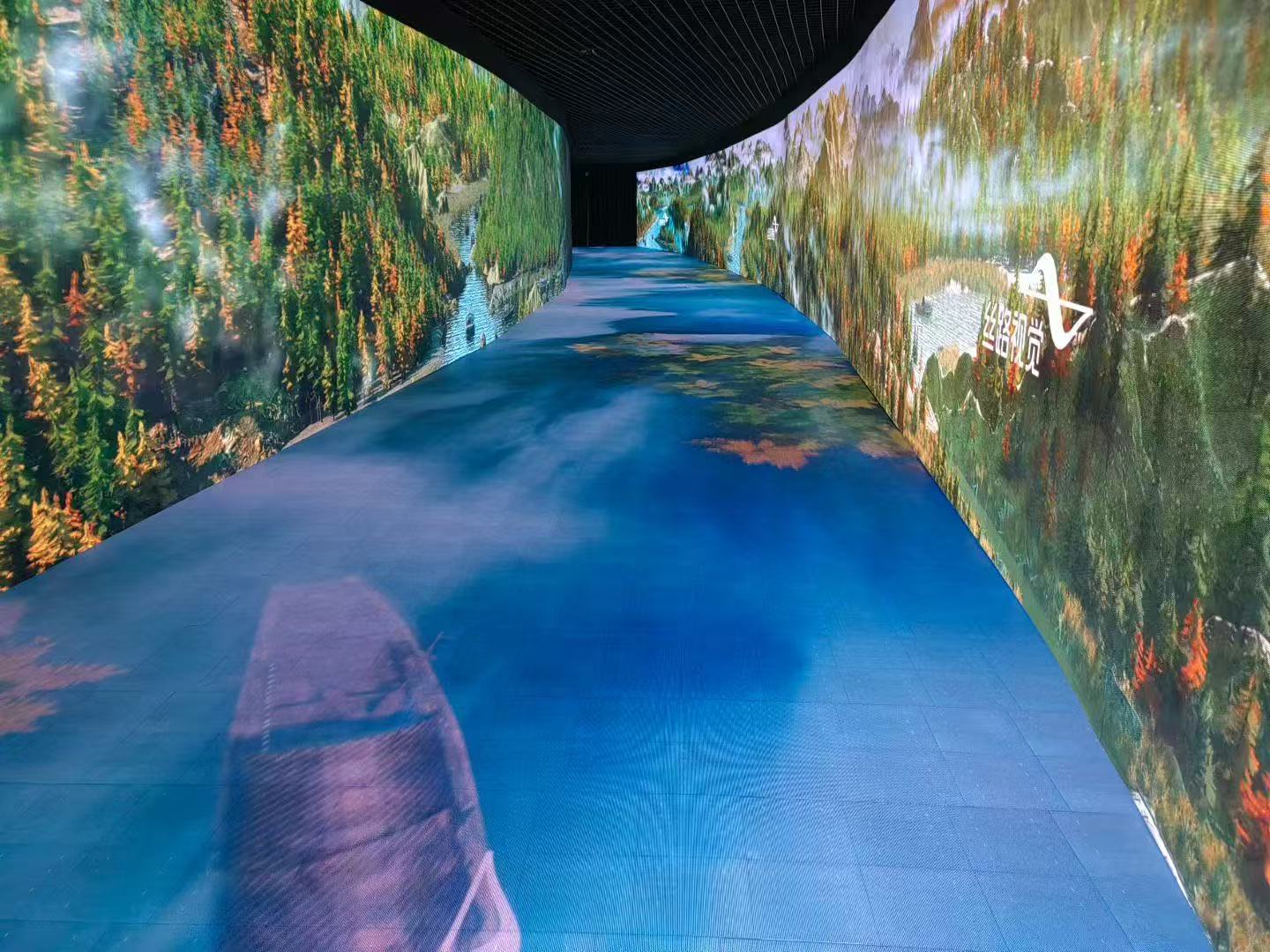
Retail & flagship stores: immersive product launches and experiential displays.
Events & concerts: animated stage floors that sync with lighting and choreography.
Museums & exhibits: interactive storytelling maps, timelines, or exhibit overlays.
Airports & public spaces: dynamic wayfinding, advertising, or art installations.
Trade shows & activations: rented floor tiles for short-term brand experiences.
Buying vs renting — quick practical advice
Rent for short-term needs (events, trade shows, temporary activations). Renting reduces storage, transport and maintenance burdens.
Buy for permanent installs (retail flagship, museum exhibits) when you want long-term control and lower lifetime cost per use.
Checklist before deciding: verify pixel pitch, brightness (nits), load and slip ratings, IP/IK certifications, warranty terms, spare parts availability, and whether the supplier supports installation and maintenance.
Pricing expectations (high-level)
Costs vary widely by pixel pitch, size, durability specs, and region. Rental rates are influenced by event duration and logistics. For accurate budgeting, request detailed quotes and spec sheets from multiple suppliers rather than relying on generic price ranges.
Related & long-tail keywords to target
Use these naturally across headings, captions, images, and metadata:
* what is floor led screen
* floor led display
* interactive floor LED
* led floor panels
* floor LED screen price
* p1.56 floor led
* floor LED screen rental
* transparent floor LED
* floor LED installation
* durable floor led display
* LED dance floor
* walkable LED screen
* stage floor LED panels
Q: How does a floor LED screen differ from a projector?
A: Floor LEDs are direct-view, bright in ambient light, and unaffected by shadows; projectors are cheaper but require darker environments and can be disrupted by people crossing the projection.
Q: Are floor LED screens safe to walk on?
A: Yes, when specified and installed correctly. Confirm tempered/laminated glass, anti-slip surface treatment, and certified load-bearing specs before installation.
Q: What pixel pitch should I choose?
A: For close-interaction use choose smaller pitches (P1.5–P2.5). For event floors with larger viewing distances, P3–P4 is often sufficient.
Q: How long do floor LED panels last?
A: LEDs commonly have rated lives in the tens of thousands of hours; real-world life depends on maintenance, usage patterns, and environment.


